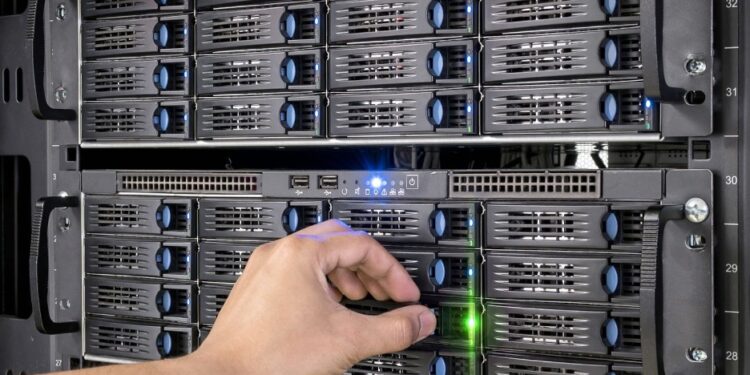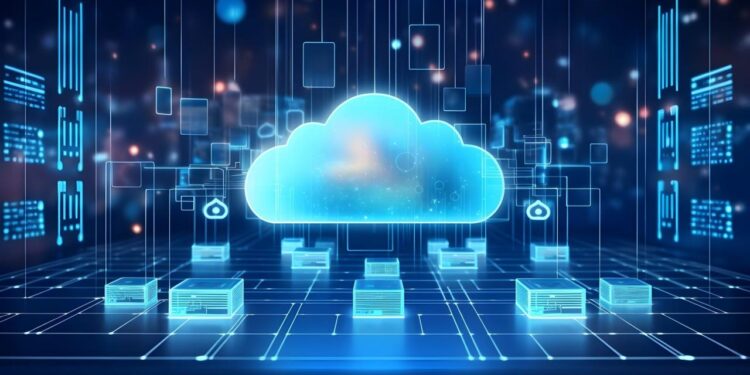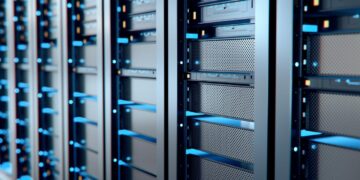The enterprise server is the cornerstone of modern business, the silent powerhouse that processes, stores, and serves the data that drives every decision, transaction, and innovation. For decades, the evolution of enterprise servers was a predictable march of incremental improvements—faster CPUs, more RAM, and larger hard drives. However, as we stand in 2025, the enterprise server is undergoing a fundamental and accelerated transformation. This shift is not just about a hardware refresh; it’s a paradigm change driven by the explosion of data, the rise of artificial intelligence, and a growing imperative for sustainability.
This comprehensive guide is your definitive review of the latest and most significant trends shaping the enterprise server landscape. We will go beyond a simple list of specifications and delve into the strategic implications of these advancements, from the fierce competition between CPU giants to the rise of specialized accelerators and the adoption of futuristic cooling technologies. Our goal is to provide a clear and detailed roadmap for CIOs, IT managers, and technology professionals who need to navigate the complexities of modern data center infrastructure and make informed decisions that will future-proof their organizations.
The New Hardware Paradigm
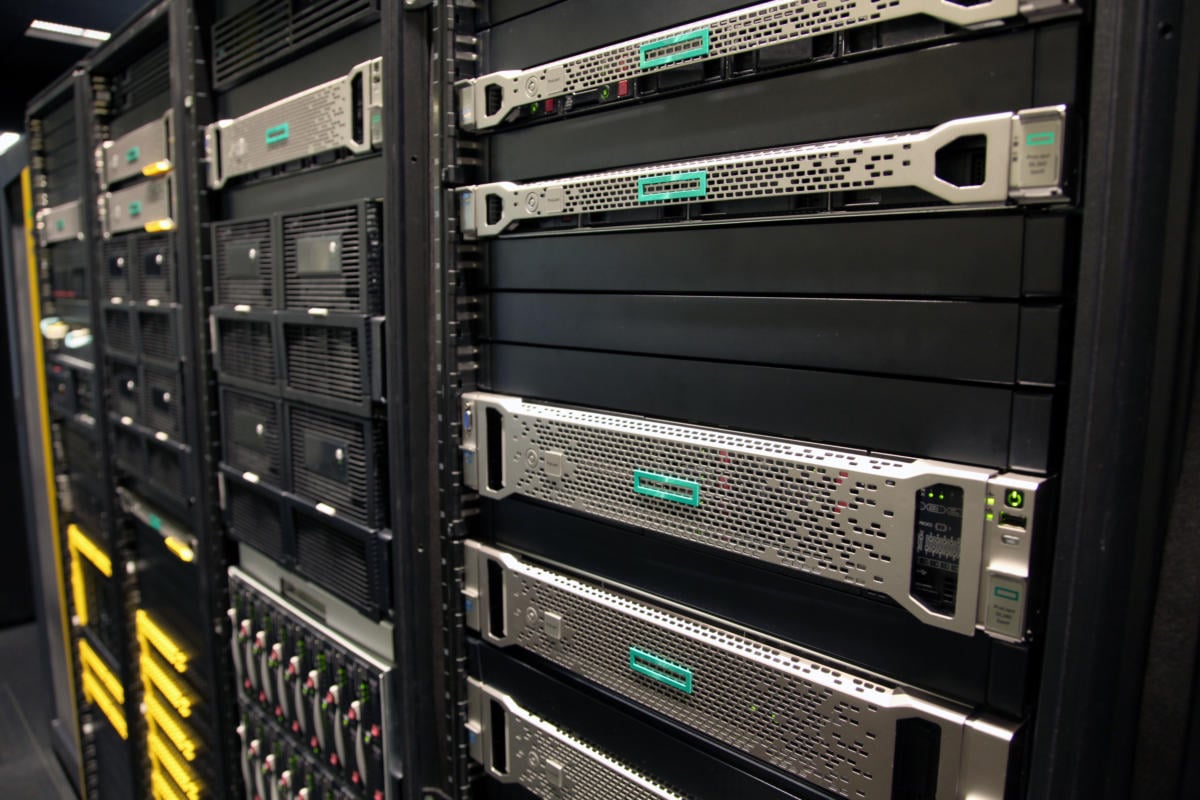
The server of 2025 is a marvel of engineering, featuring a confluence of powerful components that are optimized for a new generation of demanding workloads.
A. The CPU Wars: The New Battlefield
The long-standing rivalry between Intel and AMD has reached a new fever pitch, with both companies pushing the boundaries of server processor design. The competition is no longer just about raw clock speed but about a blend of high core counts, integrated accelerators, and new memory technologies.
- AMD EPYC: AMD has established itself as a formidable force with its EPYC processors, which are renowned for their extremely high core counts (often exceeding 128 cores per socket) and generous cache sizes. This architecture makes them ideal for highly parallelized workloads, such as virtualization, containerization, and big data analytics.
- Intel Xeon Scalable Processors: Intel has responded with its latest generation of Xeon processors, which feature integrated AI accelerators and a focus on platform stability and security. Intel’s deep integration with enterprise software ecosystems and its robust security features, like SGX (Software Guard Extensions), continue to make it the preferred choice for mission-critical applications.
- The Rise of CXL: The introduction of CXL (Compute Express Link) is a game-changer. This new bus interface allows the CPU to share memory with other devices, like GPUs or specialized accelerators, at extremely high speeds and low latency. It blurs the line between traditional CPU and GPU architectures and is a cornerstone of a truly intelligent, heterogeneous computing environment.
B. The Rise of GPU Computing
The Graphics Processing Unit (GPU) has evolved from a simple graphics renderer into a general-purpose parallel processor. In 2025, GPUs are no longer optional for many enterprise workloads; they are a necessity.
- AI and Machine Learning: GPUs are the workhorses of AI and machine learning (ML), providing the immense parallel processing power needed to train large language models (LLMs) and run complex deep learning algorithms. NVIDIA’s latest H- and B-series GPUs are the industry standard for this kind of work, and servers are now being purpose-built around these powerful cards.
- High-Performance Computing (HPC): GPUs are also the foundation of modern HPC, used for scientific simulations, financial modeling, and complex data analytics. The ability to offload these highly parallel tasks from the CPU to the GPU dramatically accelerates processing times.
C. The Storage Revolution: NVMe and All-Flash
The days of relying on traditional spinning hard drives (HDDs) for high-performance enterprise storage are over. The modern data center is built on NVMe (Non-Volatile Memory Express) technology.
- Blazing-Fast Performance: NVMe SSDs, which connect directly to the CPU’s PCIe lanes, offer exponentially faster read and write speeds and lower latency compared to older SATA and SAS drives.
- All-Flash Data Centers: The decreasing cost of NVMe drives has made the all-flash data center a reality. This architecture, built entirely on solid-state storage, provides the speed and responsiveness needed for the most demanding applications, including transactional databases and virtualized environments.
D. The Need for Speed: High-Bandwidth Networking
A server is only as fast as its network connection. As the performance of CPUs, GPUs, and storage has exploded, the network has become a major bottleneck.
- 25GbE and Beyond: The enterprise standard for network connectivity has moved from 10GbE to 25GbE, with 100GbE and 200GbE becoming increasingly common for inter-server communication in big data and AI clusters. This ensures that data can move between servers at a speed that matches the processing power.
- Low Latency: For applications like high-frequency trading or real-time analytics, where every microsecond counts, low latency networking is crucial.
The New Operational Environment
The enterprise server of 2025 is not just defined by its components but also by its intelligence, efficiency, and security.
A. Sustainability and Efficiency:
With growing environmental concerns and rising energy costs, sustainability has become a key driver in server design.
- Liquid Cooling: The immense heat generated by modern CPUs and GPUs has pushed the limits of traditional air cooling. Liquid cooling, once a niche technology, is now being adopted in data centers to manage heat more efficiently, allowing servers to run at peak performance for longer without throttling.
- Energy-Efficient PSUs: Power supply units (PSUs) are becoming more efficient, with new technologies that minimize energy waste and reduce a data center’s carbon footprint.
B. Automated and Intelligent Management:
The management of a modern data center is too complex for manual administration.
- AI for Management: AI and machine learning are being used to automate a wide range of tasks, from optimizing workload scheduling and resource allocation to performing predictive maintenance. By analyzing server logs and performance data, AI can predict when a component is likely to fail and alert administrators before a problem occurs.
- Advanced Remote Management: Tools like Dell’s iDRAC and HPE’s iLO allow administrators to manage and monitor a server remotely, even if it is powered down. These tools are now more powerful than ever, providing detailed insights into a server’s health and performance.
C. A Focus on Supply Chain Security:
Following major supply chain attacks in previous years, server security is no longer just about software.
- Hardware Root-of-Trust: Major vendors are implementing a hardware root-of-trust on their servers. This is a secure chip that verifies the integrity of the server’s firmware and BIOS from the moment it leaves the factory, preventing tampering during manufacturing and shipping.
The New Workloads Driving Innovation
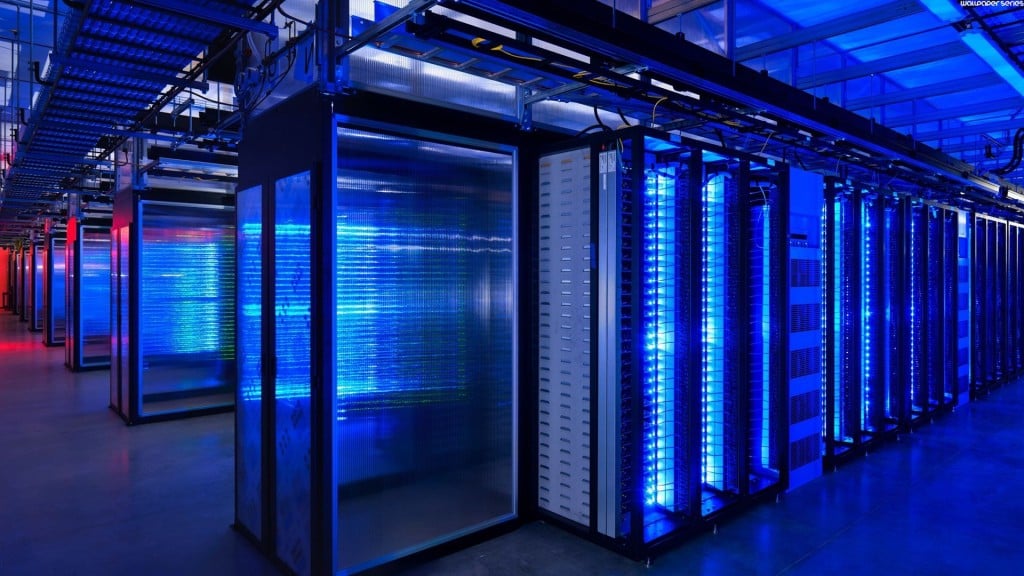
The innovation in enterprise servers is a direct response to a new generation of demanding workloads.
A. Generative AI and Large Language Models (LLMs):
The explosion of generative AI has created a new class of computing demand. Training and running large language models requires an immense amount of computational power and a different kind of server architecture, one with a focus on massive GPU power and ultra-fast storage.
B. Edge Computing:
As more data is generated at the network’s edge (e.g., from IoT devices, smart factories), the need for local processing has grown. This has led to the development of small, rugged, and highly efficient edge servers that can be deployed in non-traditional environments.
C. The Hybrid Cloud and On-Premise Resilience:
While the public cloud has its advantages, many businesses are bringing certain workloads back on-premise for reasons of cost, control, and data sovereignty. Modern enterprise servers are designed to integrate seamlessly with public cloud platforms, creating a hybrid cloud model that provides the best of both worlds.
A Strategic Framework for Adopting New Technology
Navigating this complex landscape requires a strategic, not just a technical, approach.
A. Assess Your Needs: Workload-First Approach:
Do not simply buy the fastest server on the market. Instead, analyze your specific workloads and match the server to them. A server for big data analytics will have a different architecture than a server for high-frequency trading or a simple web server.
B. Total Cost of Ownership (TCO) Analysis:
Look beyond the initial purchase price. A cheaper server with a lower upfront cost may end up costing more in the long run due to higher power consumption, more frequent maintenance, and more complex management.
C. Phased Deployment and Pilot Programs:
Instead of a full-scale migration, start with a pilot program. Deploy a small number of new servers and run them alongside your existing infrastructure. This allows you to test the new technology and work out any kinks before a full deployment.
Conclusion
The enterprise server of 2025 is more than just a piece of hardware; it is a strategic asset at the heart of the modern digital enterprise. Its evolution is a direct reflection of a world that is more data-intensive, more automated, and more demanding than ever before. The days of a one-size-fits-all server are over. Today’s servers are specialized machines, meticulously engineered to excel at specific tasks, whether it’s training a cutting-edge AI model, processing massive datasets, or serving as the resilient foundation of a hybrid cloud.
The most significant trend in this landscape is the convergence of hardware innovation, software automation, and new workloads. The fierce competition between CPU giants, the rise of the GPU as a mainstream compute engine, the move to all-flash storage, and the adoption of advanced cooling technologies are all part of a larger, integrated push for greater performance and efficiency. This is a future where the server is not a static box but an intelligent, adaptable, and sustainable component of a dynamic IT infrastructure.
Ultimately, the key to success in this new era is not just about keeping up with the technology but about understanding its strategic implications. By adopting a workload-first approach, prioritizing the Total Cost of Ownership, and planning for phased deployment, IT leaders can navigate this complex landscape and build a data center that is not only powerful and efficient but also secure, resilient, and ready to meet the challenges of tomorrow.

